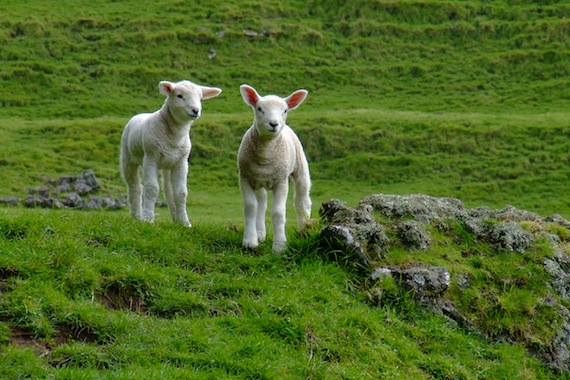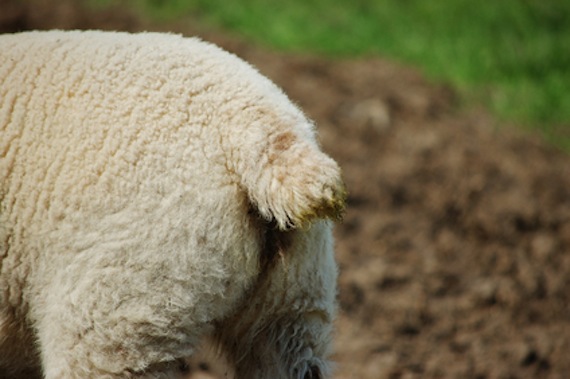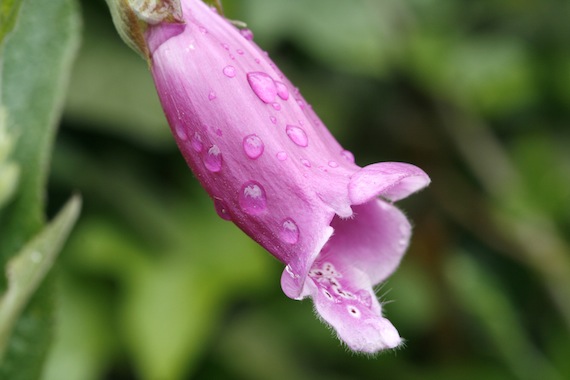
Flystrike is a disease caused by blowflies laying eggs on the skin. When the maggots hatch, they eat the sheep’s flesh, cause nasty sores that if left too long, and can become so severe that the sheep may die, or euthanasia of the sheep may be required.
Blowflies prefer warm, humid conditions, and the disease can occur throughout the country. Areas with rain in summer are usually the most severely affected. Sheep are usually the most affected animal because dirty wool attracts blowflies.
Signs of flystrike
Unless you are observing your sheep very closely, you will probably not notice flystrike until it is causing the sheep discomfort. Look for:
- Fidgeting of the sheep – it may nuzzle a particular area or stamp its feet.
- Blackened fleece – this may be discharge from the sores.
- Wool falling out.
- The sheep seeking shade.
- Check for sores under dirty wool – they are usually located at the sheep’s rear, on feet with footrot, or above the sheep’s shoulders (where wool is wet after rain).
Preventing flystrike
Flystrike is not pleasant for the animal, nor for the farmer treating it, so prevention really is better than the cure.
- Docking lambs is said to prevent flystrike because it prevents the build-up of dags, which attract the flies.
- Sheer your sheep at least once a year.
- Keep your sheep clean, as dirty wool attracts flies.
- Ensure that you have a good worm control program, as diarrhoea caused by worms will attract flies.
- Dip sheep with insecticides.
Treating flystrike
Catching flystrike early, while the sores are small, is important. Keep a close watch on your flock over the summer months in particular. If a sheep does get flystrike, then you can treat it with the below:
- Remove the affected sheep from other sheep to reduce the risk of flystrike to the rest of the flock.
- Remove any maggots with methylated spirits.
- Shear flystruck wool, and the surrounding area to avoid missing maggots.
- Apply flystrike dressing after removal of the maggots to prevent re-strike.
- Examine treated sheep daily to ensure it does not occur again.



